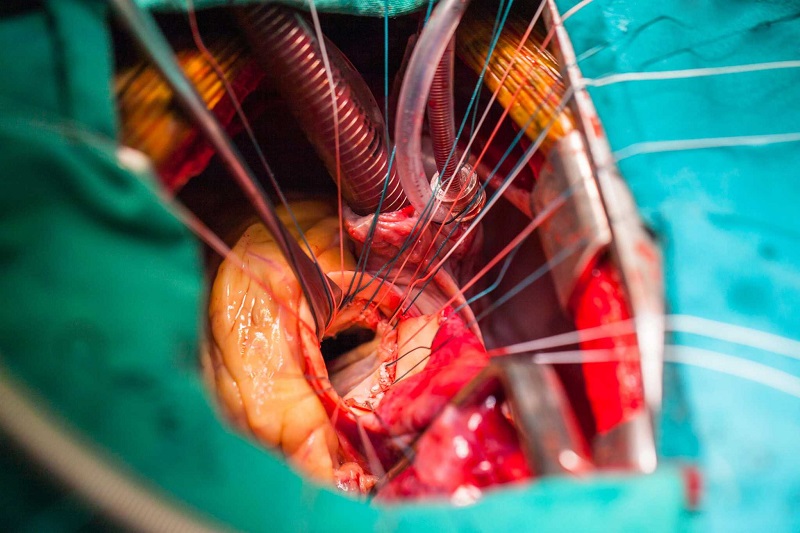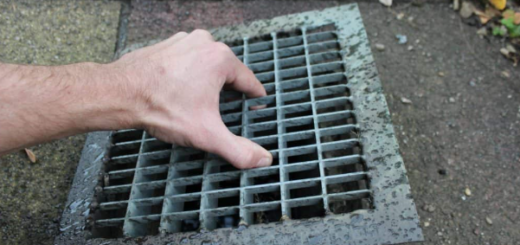Pericardial effusion (fluid around the heart): symptoms and treatment
INTRODUCTION
A pericardial effusion consists of an excessive presence of fluid collected around the heart , more precisely between the heart wall and the pericardium, the membrane that surrounds the organ.
The potential causes of effusion are numerous and are often linked to lesions or inflammation suffered by the pericardium, a hemorrhage caused by the presence of a tumor, or thoracic trauma. The risk of the condition is consequent to the pressure exerted on the heart, which can interfere with proper functioning and in severe cases even become fatal.
CAUSES
The pericardium is a thin membrane that surrounds the heart; it is made up of two superimposed layers, inside which there is a small quantity of liquid with a lubricating function necessary to allow the constant dilation of the heart before each beat.
The pericardial effusion, as well as the possible inflammation of the pericardium that derives from it ( pericarditis ), recognize numerous possible causes, but the most common are:
- Infections (viral or bacterial), such as tuberculosis
- Autoimmune disorders, such as lupus, rheumatoid arthritis, and Sjogren’s syndrome.
- Tumors of the heart or pericardium
- Tumor metastases (for example from lungs, breasts, or Hodgkin’s lymphoma )
- Renal failure with excessive blood levels of nitrogen
- Complications following heart surgery
- Chest trauma (for example following a fall, road accident, …)
- Chest radiotherapy
- Heart attack
- Hypothyroidism
- Ovarian hyperstimulation syndrome
SIDE EFFECTS OF SOME MEDICINES OR EXPOSURE TO TOXINS
- If it is not possible to identify the triggering cause, the diagnosis that is made is that of idiopathic pericarditis, with consequent effusion.
- In light of a large number of possible causes, it should not be surprising that the payment can therefore affect anyone, regardless of age, sex, and other anamnestic factors.
- Depending on the duration it is divided into
- Acute (rapid onset)
- Chronic (when more than 3 months).
SYMPTOMS
Minor effusions could occur completely asymptomatically, i.e. without symptoms, especially if the amount is small and if the accumulation occurs very gradually.
With the progressive increase in the amount of fluid that accumulates around the heart, the possibility of accommodation of the pericardium may disappear, with the result that some pressure begins to be exerted on the surrounding anatomical structures, such as for example
- Lung,
- Stomach,
- Phrenic nerve (which contains, among other things, sensitive fibers directed precisely to the pericardium).
- If the heart loses the ability to relax adequately between one contraction and the next, heart failure develops, which is a reduction in the functional capacity of the heart.
- Overall, therefore, the patient who develops a pericardial effusion could complain of:
- Sense of pressure or real chest pain (usually felt behind the breastbone or on the left side of the chest)
- Shortness of breath and shortness of breath (difficulties increase in the lying position)
- Nausea
- The feeling of abdominal fullness (caused by the compression exerted by the fluid on the surrounding organs)
- Difficulty swallowing
- Tachycardia
- Vertigo and / or feeling faint
- Accumulation of fluid in the abdomen or legs (due to heart failure).
COMPLICATIONS
The severity of the condition essentially depends on the triggering cause, the size, and speed of fluid accumulation, as well as the possibility of treatment (dealing with an infectious effusion is generally simpler than a tumor).
A very rapid accumulation of fluids around the heart can cause cardiac tamponade, a serious condition caused by the compression exerted on the heart that compromises its normal ability to function and becomes potentially fatal (losing the ability to dilate sufficiently reduces the possibility of an effective filling of the heart chambers). In this case, the patient may experience symptoms of shock, due to the insufficient blood he is able to pump:
- Dizziness
- Cold sweats
- Weakness
- Faster breathing (tachypnea)
- Pallor
REDUCED URINE PRODUCTION
Requires immediate surgical drainage of accumulated fluid (or blood).
WHEN TO CONTACT YOUR DOCTOR
It is recommended that you go to the nearest emergency room immediately in case of chest pain that does not resolve within a few minutes, in case of difficulty in breathing or prolonged fainting.
DIAGNOSIS
In some patients, the discovery of the effusion may occur randomly, while performing tests required for other causes.
Although the condition can be hypothesized on the basis of anamnesis and physical examination (i.e. the medical examination), the diagnosis of certainty cannot be separated from the execution of instrumental tests such as:
- Imaging exams
- Chest x-ray
- Computed tomography (ct) of the chest
- Mri of the heart (ct and mri are not routinely used for this purpose, but may be cases of unexpected discovery of effusion when required for other reasons)
- Echocardiogram
- Pericardiocentesis is a procedure aimed at withdrawing a small amount of fluid from the pericardium for subsequent laboratory analysis; it is an invasive examination, which however allows a more effective characterization of the pericardial effusion. Liquid can be
- Transudative, i.e. the result of changes in internal pressure
- Exudative, when the result of infectious processes (it is particularly rich in proteins and cloudy to the eye)
- Blood
- Rich in infectious agents (bacteria, viruses, …) Or cancer cells.
Treatment
- Treatment of pericardial effusion is primarily aimed at the triggering cause and, if necessary, at patient life support:
- Medicines (especially useful as a first treatment in the absence of immediate risk of tamponade)
- Anti-inflammatories for the treatment of effusion caused by inflammatory processes (possibly cortisone drugs can also be used for this purpose)
- Diuretics in the case of heart failure
- Antibiotics if the accumulation is a consequence of bacterial infection
- Chemotherapy, radiotherapy, … In the case of cancer disorders
- Medical procedures aimed at removing excess fluid
- Pericardiocentesis aimed not at diagnosis but at reducing the pressure exerted
- Thoracoscopy is a procedure that involves the introduction of an endoscope to view the pericardial cavity using a small camera and, when possible, intervene by extracting part of the liquid
- Opening of a pericardial window, which allows the passage of fluid towards the pleura (the membrane that surrounds the lungs, whose capacity for reabsorption of liquids is superior)
- Percutaneous balloon pericardiotomy, a procedure performed by inserting a catheter with a balloon tip which, once inflated, allows the opening of a window in the pericardium, again for drainage purposes.
- Open heart surgery and/or possible pericardiotomy (total or partial removal of the pericardium)














